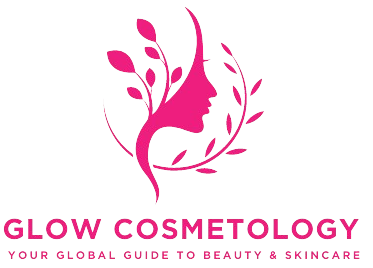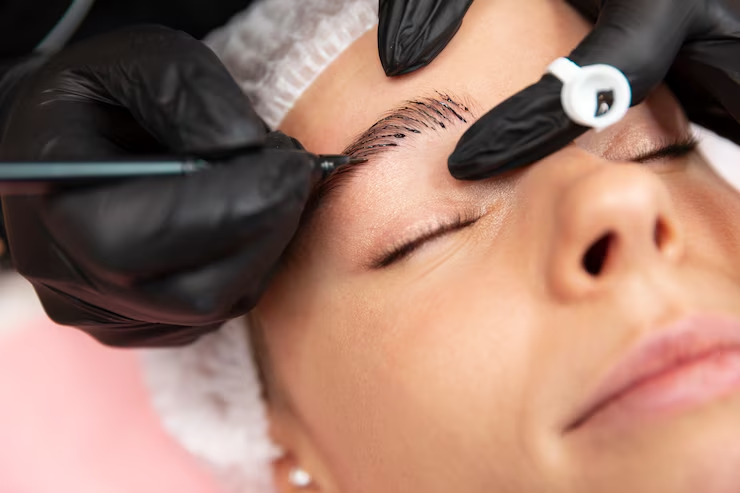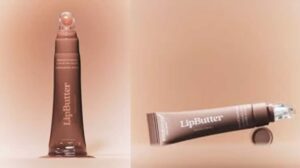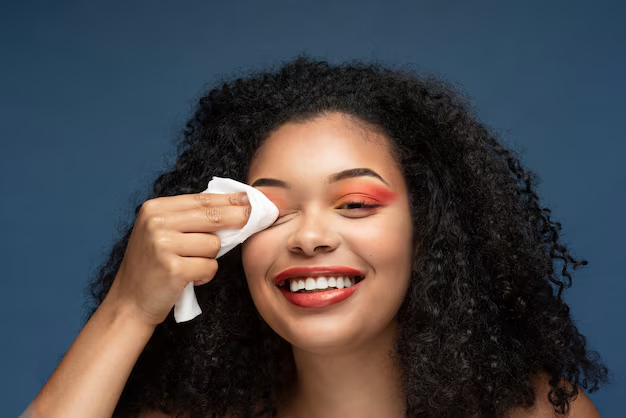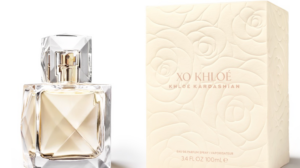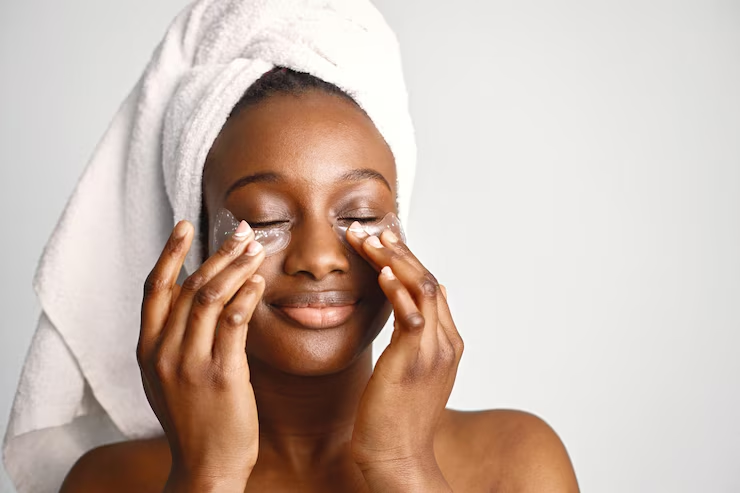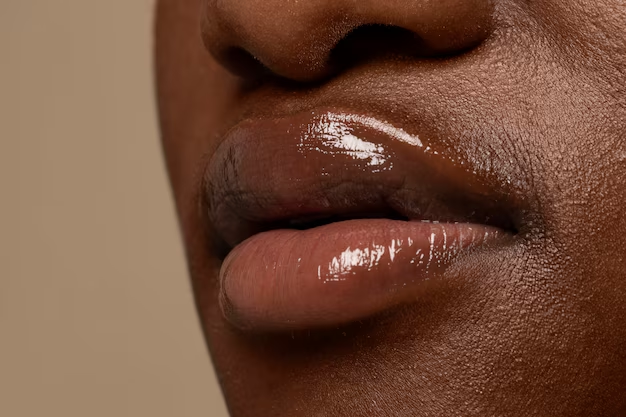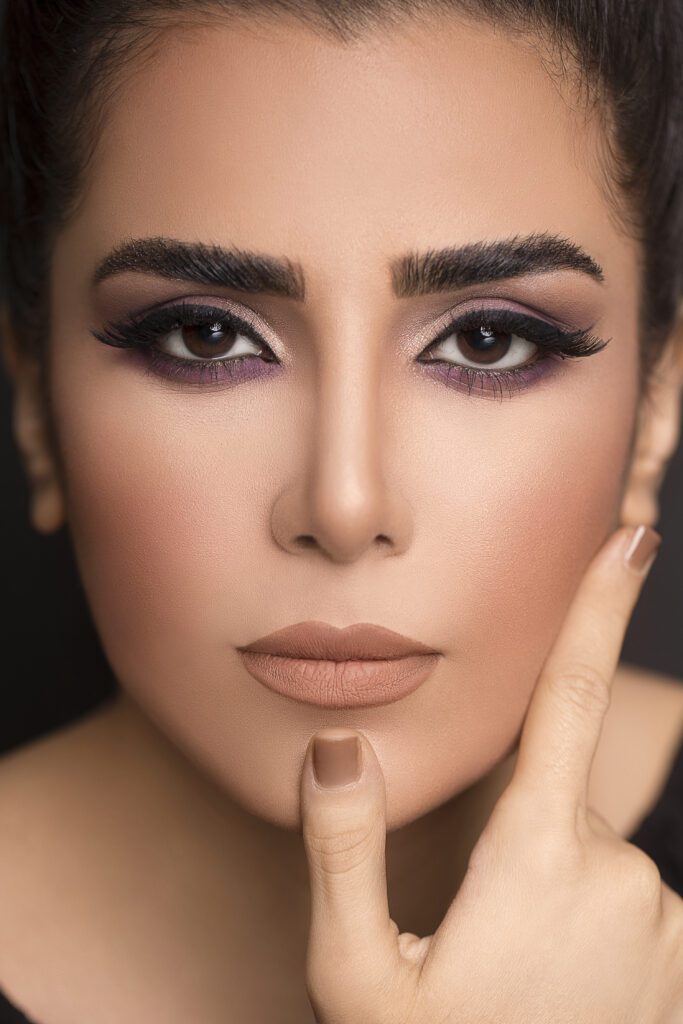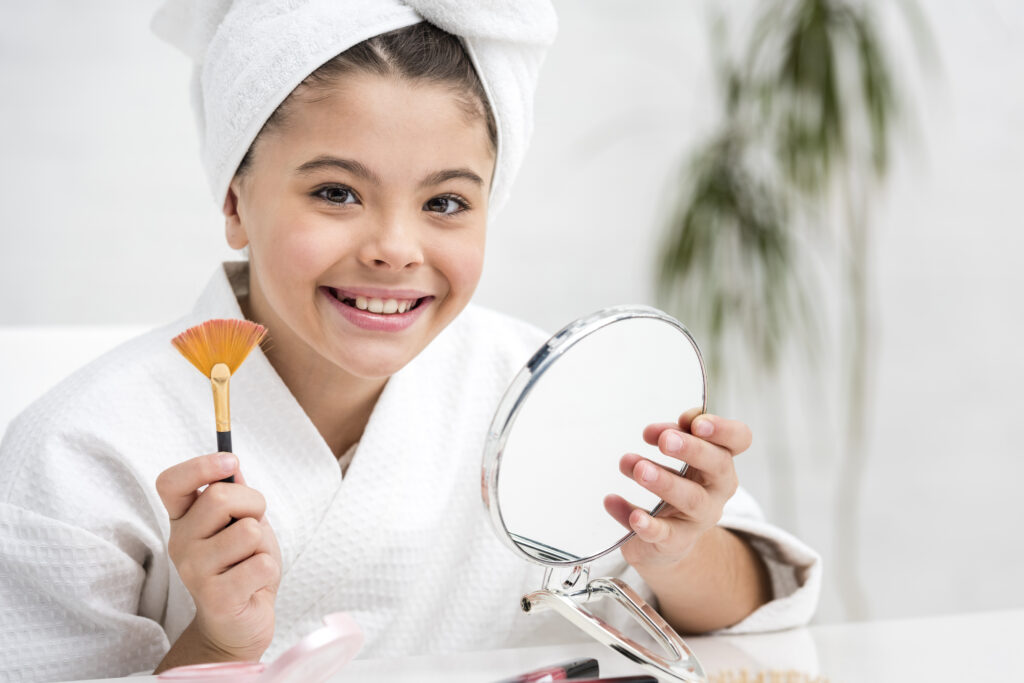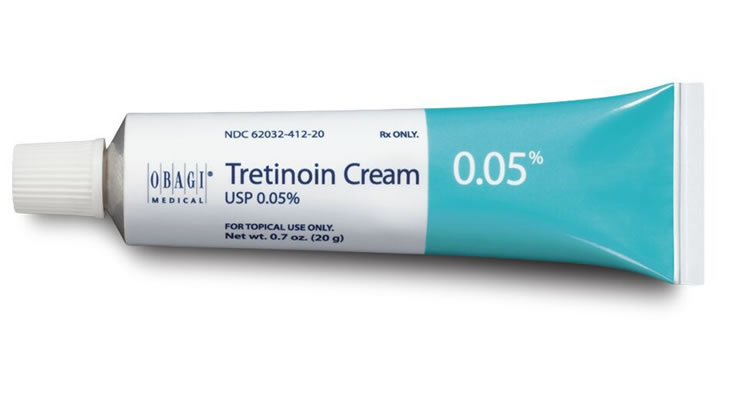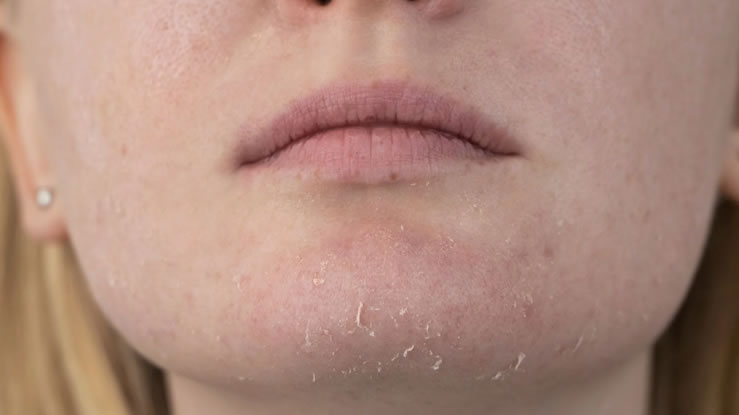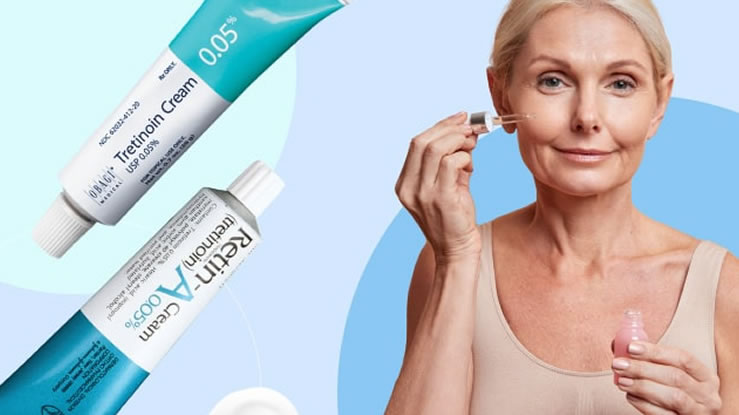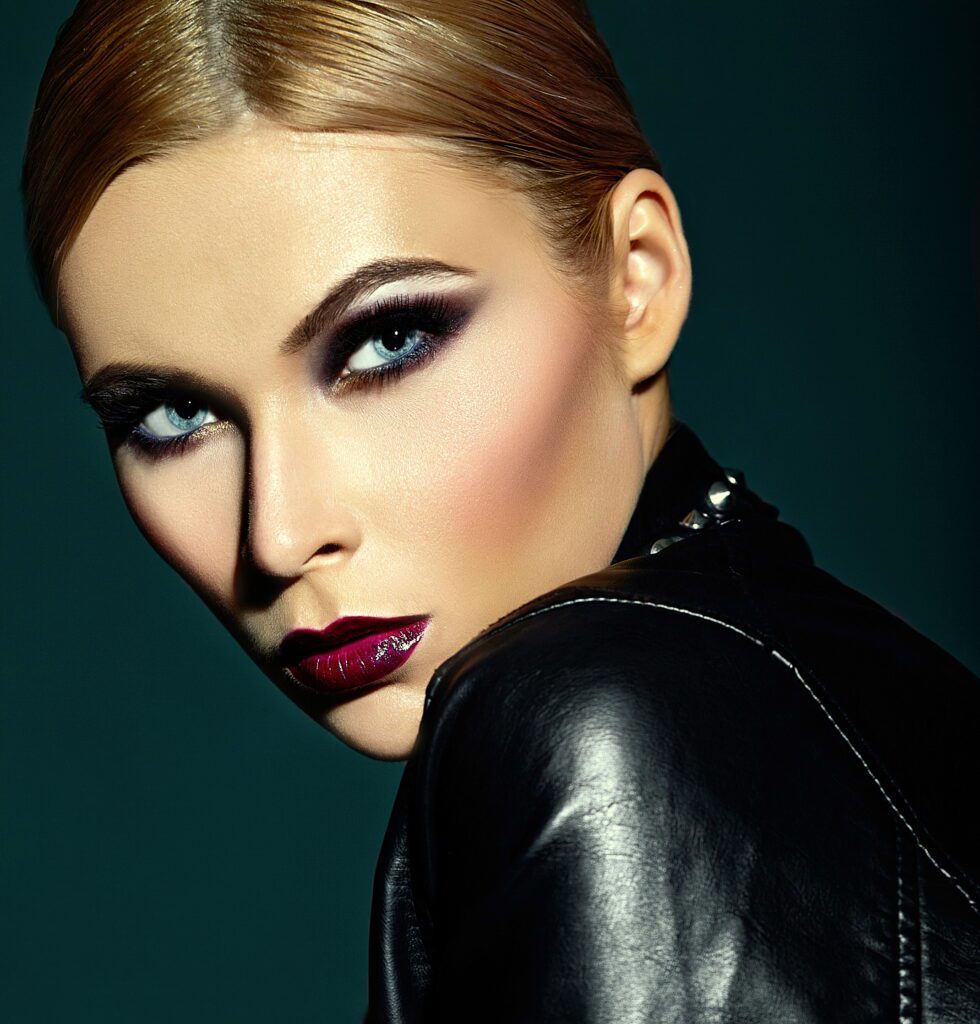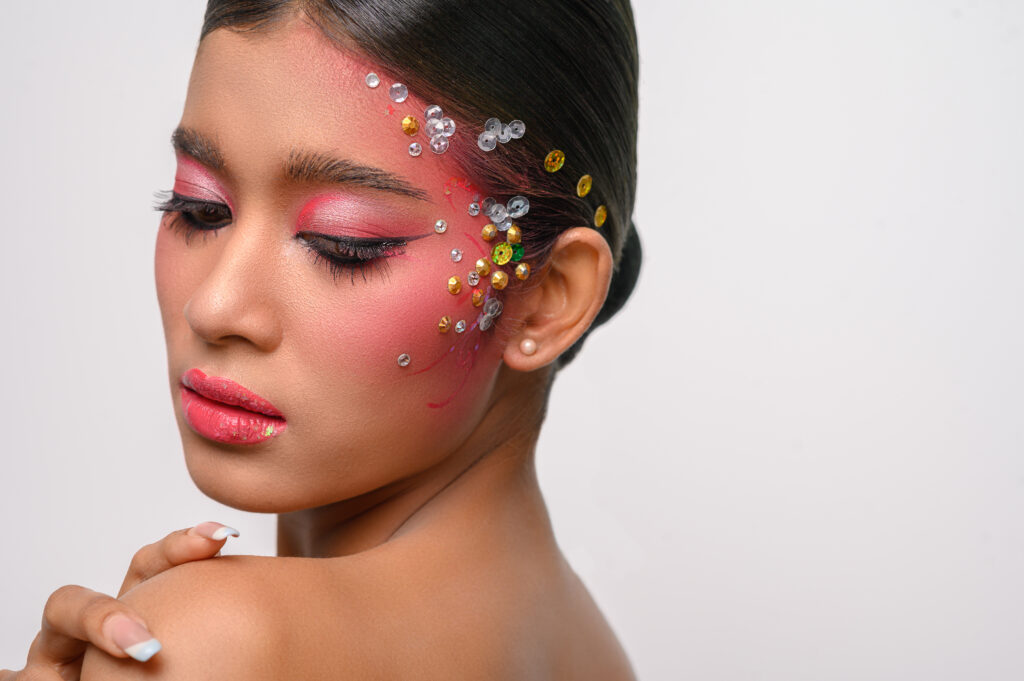Let’s be honest: perfectly sculpted eyebrows can change your whole face. They lift, frame, and add definition in ways no other feature can. But keeping them in shape every day? That’s a full-time job. Enter microblading the revolutionary treatment that gives you flawless, filled-in brows without the daily effort.
But once you’ve made the investment, the biggest question becomes: How long does microblading actually last? Is it truly semi-permanent? And what can you do to make those results stick around longer?
Whether you’re considering your first microblading appointment or are simply curious, this guide breaks down everything you need to know about the longevity of microblading plus what factors affect it, how to maintain it, and when it’s time for a touch-up.
What Is Microblading?
Before diving into how long it lasts, let’s briefly cover what microblading actually is.
Microblading is a form of semi-permanent tattooing used to enhance the appearance of eyebrows. Unlike traditional tattoos that go deep into the skin, microblading deposits pigment into the superficial layers using a handheld tool with ultra-fine needles.
These needles create hair-like strokes that mimic real eyebrow hairs, delivering a natural, full look. The procedure is highly customizable shape, color, and thickness are all tailored to the client’s face and preferences.
So, How Long Does Microblading Really Last?
On average, microblading lasts between 12 to 30 months. However, this can vary based on a number of individual factors. Here’s the typical timeline:
-
Initial Results: After your first session, you’ll see bold, sharp brows. This fades slightly during the healing process.
-
Touch-Up Session: Usually done 4 to 6 weeks later to perfect shape and pigment.
-
Fading Timeline:
-
Months 1-6: Brows look their best defined, full, and fresh.
-
Months 6-12: Slight fading may occur, especially for oily skin types.
-
Months 12-18: Most people start noticing substantial fading and may consider a touch-up.
-
Months 18-30: Results may fade significantly or completely depending on your skin, care, and lifestyle.
-
Factors That Affect How Long Microblading Lasts
Let’s get into the nitty-gritty: why do some people’s brows last 2 years while others see fading in 6 months? Here’s what influences microblading longevity:
1. Skin Type
-
Oily skin: Tends to fade faster and may blur strokes sooner.
-
Dry or normal skin: Holds pigment better, giving longer-lasting, crisp results.
-
Combination skin: Fades moderately and usually follows average timelines.
2. Aftercare Routine
Poor aftercare is one of the biggest reasons for premature fading. In the healing phase, avoiding:
-
Excessive sweating
-
Sun exposure
-
Touching, scratching, or applying makeup …can help the pigment settle properly and last longer.
3. Skincare Products
Products containing retinol, glycolic acid, or AHAs/BHAs near the brows can speed up fading. These ingredients accelerate cell turnover, causing the pigment to fade faster.
4. Sun Exposure
UV rays break down pigment molecules. Always protect your brows with SPF if you’re out in the sun.
5. Artist Technique and Pigment Quality
A skilled artist using high-quality pigments can deliver results that look better and last longer. Poor technique or low-quality pigments may fade unevenly or quickly.
6. Lifestyle Factors
-
Frequent facials, chemical peels, or laser treatments
-
Excessive sweating from workouts
-
Swimming in chlorinated pools All these can reduce pigment longevity.
When to Get a Touch-Up
Most professionals recommend a touch-up every 12 to 18 months to keep your brows looking fresh. Some people might need touch-ups earlier if they:
-
Have oily skin
-
Spend a lot of time in the sun
-
Use active skincare ingredients around their brows
Signs it’s time for a touch-up:
-
The shape has blurred or faded
-
Pigment looks gray, orange, or patchy
-
You want to darken or change the brow color
-
You just want a freshened-up look
What Happens If You Don’t Touch Up?
The beauty of microblading is that it’s semi-permanent. If you don’t get touch-ups, your brows will gradually fade back to your natural brows over time.
But keep in mind:
-
Faded brows might leave behind light discoloration.
-
Uneven fading can occur, especially if your skincare routine changes.
-
Full fading may take 2-3 years depending on your metabolism and skin cycle.
Some people intentionally let their brows fade if they’re considering switching styles, trying a different technique (like powder brows), or just prefer a natural look again.
How to Make Your Microblading Last Longer
If you’re investing in microblading, you’ll want to protect that investment. Here’s how:
Follow Aftercare Instructions Diligently
This includes:
-
Keeping brows dry for 7-10 days
-
Avoiding sweating, saunas, and swimming
-
Not touching or picking at scabs
-
Using any prescribed healing balm (if recommended)
Use Gentle Skincare Around Brows
Avoid harsh exfoliants and acids around the brow area.
Apply Sunscreen Daily
Even a clear SPF stick across your brows will do wonders in preserving pigment.
Stay Hydrated and Nourish Skin
Healthy, hydrated skin retains pigment better. Drink plenty of water and use hydrating serums (away from the brow area).
Don’t Over-Touch or Over-Tweeze
Once microbladed, you’ll need minimal tweezing. Over-plucking or grooming too close to the strokes can disrupt the results.
Alternatives That Last Longer or Shorter Than Microblading
If you’re unsure about microblading or want to compare options, here are a few to consider:
| Technique | Description | Lasts For |
|---|---|---|
| Powder Brows | Soft, filled-in, pixelated effect | 2-3 years |
| Nano Brows | Digital machine version of microblading (better for oily skin) | 2-3 years |
| Henna Brows | Temporary tinting with natural dye | 2-4 weeks |
| Eyebrow Tinting | Semi-permanent color to enhance brow hairs | 3-6 weeks |
| Brow Pencils & Gels | Daily makeup application | 1 day (reapply daily) |
Is Microblading Worth It?
This depends on your lifestyle, budget, and beauty preferences.
Pros:
-
Wake up with perfect brows
-
No need for daily brow makeup
-
Customizable shape and color
-
Saves time and effort
-
Confidence boost
Cons:
-
Initial cost (ranges from $250–$800)
-
Not truly permanent (requires maintenance)
-
Can be uncomfortable
-
Risk of fading or color change over time
If you love a low-maintenance beauty routine and want to enhance sparse or uneven brows, microblading can be a game-changer.
FAQs About Microblading Longevity
Q: Does microblading hurt?
A: A topical numbing cream is applied, so most people report only mild discomfort similar to scratching or plucking.
Q: Can you get microblading if you already have brow tattoos?
A: Possibly, but only if the previous pigment is very faded. A skilled artist may recommend correction or removal first.
Q: Will the pigment turn blue or red over time?
A: High-quality pigments and good technique help avoid this. Poor quality ink or sun exposure may cause color shifting.
Q: What if I don’t like the results?
A: Fading is gradual, but removal with laser or saline solution is possible. Always choose a reputable artist to avoid regrets.
So, how long does microblading last? While 12 to 30 months is the general window, how you care for your brows and your skin will make all the difference.
Think of it like a tattoo with an expiration date one that you can extend with proper care, sun protection, and timely touch-ups.
The good news? Even if the pigment fades, your microbladed brows can evolve with your look. Whether you’re into natural, bold, or trendy brow styles, microblading can give you the flexibility and freedom to always feel your best, without spending precious minutes in front of the mirror each morning.
Would you like a shorter version of this for social media captions or blog excerpts? I can tailor this into a Pinterest pin, Instagram carousel, or even a Reel script!
